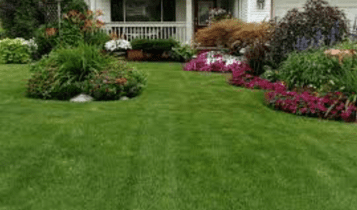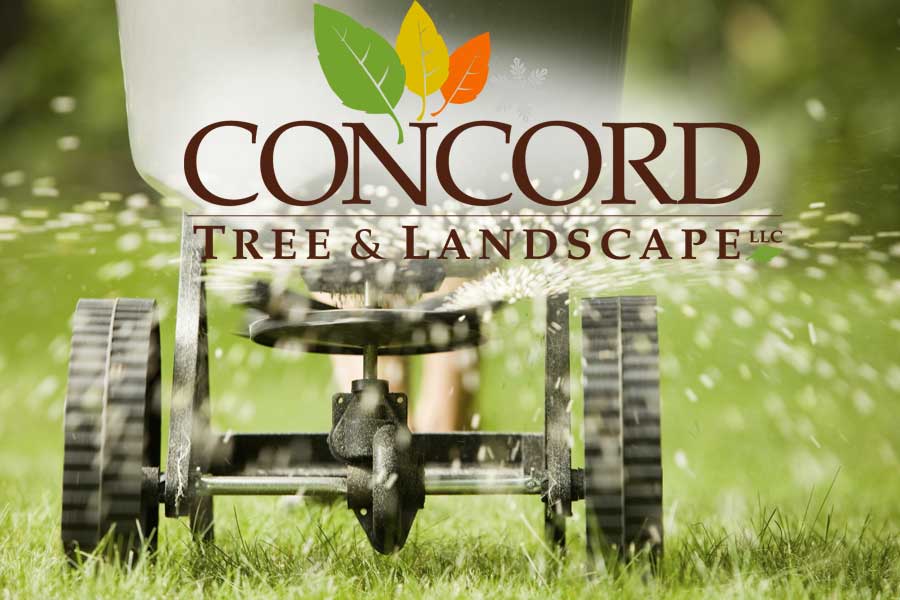Types of Grass: How to Fertilize and Maintain Them

What to do about grubs & other lawn pests.
April 26, 2018Common Types Lawn Diseases: How to Treat Them
May 12, 2018 How to Fertilize and Maintain Your Grass
How to Fertilize and Maintain Your Grass
When it comes to identifying grass types, it is easier to identify them when they are classified into cool-season grasses and warm-season grasses. Identifying the types of grass will give you a better idea of which grass to plant on your property. Read further to know which grass falls under each category and how to fertilize and maintain them. If at the end of this article and you give up or through in the towell, then please call us for a new lawn installation with sod or seed.
Cool-Season Grasses
Cool-season grasses are those grasses that grow better in areas of the country that are usually plagued with cold temperatures falling below freezing levels. It also grows well in climates with warmer summer temperatures that have no extended periods of hot weather. The cool-season grasses include Bentgrass, Bluegrass, and Perennial Ryegrass.
Warm-Season Grasses
Warm-season grasses grow well in warmer or hot climates with high heat and humidity. Some warm-season grasses need well-drained soil to grow while others need a sandy soil. These types of grass include Bahia, Bermuda, and St. Augustine.
Maintenance Tips for Different Grasses
Cool-Season Grasses
- Bentgrass: This grass can be usually seen on a golf course. It is very easy to grow this grass as it spreads by its long and creeping stems. You can plant the grass by sod or seeds. It grows better in well-drained soil but is tolerant towards the acidic soil. The grass needs full sun but is tolerant to some shade. It takes traffic and is low maintenance.
- Bluegrass: It is easy to grow this cool-season grass. Bluegrass is identified as not too aggressive but nor retiring. Though the grass does not grow fast, it does not die out quickly as well. You will need high amounts of fertilizer for this grass and plenty of water. It needs full sun and well-drained soil and is tolerant to some shade.
- Perennial Ryegrass: This grass is known to withstand high traffic and is capable of resisting bugs, disease, and stress. It grows better in a variety of well-drained soil and is not tolerant to drought.
Warm-Season Grasses
- Bahia: This low maintenance grass needs full grass but can also tolerate some shade. It can endure diseases and insects. The grass needs slightly acidic and sandy soil to grow. Remember not to mix this grass with other types of grass.
- Bermuda: This grass is capable of withstanding heat and also drought-like conditions. It is a tough grass and can grow quickly. It cannot withstand shade and needs slightly acidic or sandy soil to grow. It takes traffic.
- St. Augustine: This grass needs a different maintenance from other warm-season grasses. The soil conditions need to be fertile and there must be drainage present in order for this grass to grow. It cannot take traffic
Winding Up
Now you know which type of grass is suitable for your climate and which will be perfect to grow on your property. Remember to follow the tips out there lest your grass dies out.


 How to Fertilize and Maintain Your Grass
How to Fertilize and Maintain Your Grass

